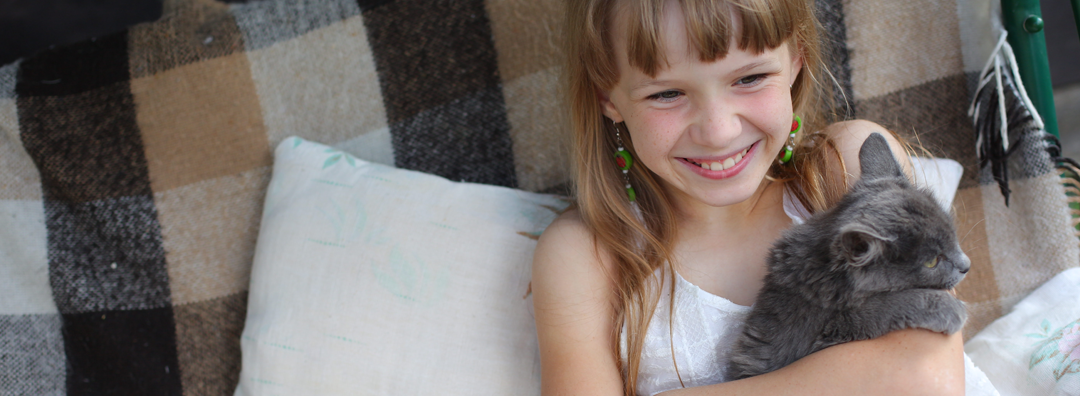
Maintaining Your Pet’s Nails
Many people do not realize that long nails can be detrimental to a pet’s health. Overgrowing of the nail tips may mean that the points have grown longer or it may be that the actual nerve and blood supply have grown out longer as well. In the later case, some diligence and persistence will be necessary to shorten the nail (and the blood vessels and nerves) over a period of time.
Long nails are much more easily broken than short nails; they catch in carpeting and they may split up the center or side. When they break, it is often painful since the nerve and blood supply become involved. Excessive nail growth also affects the way a dog stands and walks because the toes may actually be splayed and forced sideways. In cats, it is not uncommon to see nails grow all the way around and become imbedded in a pad (dogs’ dewclaws also do this).
If your dog’s nails are not worn down continually, the tips will begin to lengthen. Walking on concrete or asphalt is a simple way to wear the nails down naturally. The gentle abrasion of the rough surface gently removes excess growth to keep the nails short. A cat scratching post will not wear down a cat’s nails but will help remove old nail sheaths as new ones grow in.
If these options are not available, regular nail clipping may be the best solution to keeping your pets nails a healthy length. Your groomer, pet care facility or veterinarian will be glad to provide a pedicure at a nominal rate or you may choose to learn to do this task yourself. Pets with white nails are easier to clip since the blood vessels and nerve, commonly called the “quick,” turn that part of the nail pink. Only the excess white part should be removed. Most nails grow at about the same rate, so the same amount should be removed carefully from black nails. Dogs with all black nails are a bit more difficult. Clipping their nails means taking off a small amount at a time until the edge comes near the “quick.” Also the cut surface of the nail begins to take on a different appearance; instead of being solid black, it will begin to turn gray and pithy looking as the cut edge gets closer to the blood vessel.
Even more difficult than the act of cutting the nails may be the ability to hold the pet still. Many dogs and cats do not like having their feet handled. In order to clip nails safely, without hitting the quick and causing bleeding and pain, the pet must be held reasonably still. Some pets have such a fear of having nails clipped that they become extremely agitated or aggressive. In these situations, it is better to have a professional perform the task than to risk hurting the pet or being hurt yourself. In a very few animals, nail clips may not be performed at all unless the pet is sedated. Walking then becomes the method of choice to wear those nails down!
Excessively long nails must be clipped a bit at a time every four weeks in order to make the blood vessel and nerves recede. Walking in between pedicures will also help. Cats’ nails should be clipped whenever the white hook part begins to lengthen.
This article is provided as a general overview of the topic. Always consult your veterinarian for specific information related to diseases or medical care for pets.
1424 Maxim-Southard Road • Howell, NJ 07731 Open 7 days by appointment

© Highland Kennel | designed with love by Katie | Embodyart ![]()
© Highland Kennel designed with love by Katie | Embodyart ![]()

